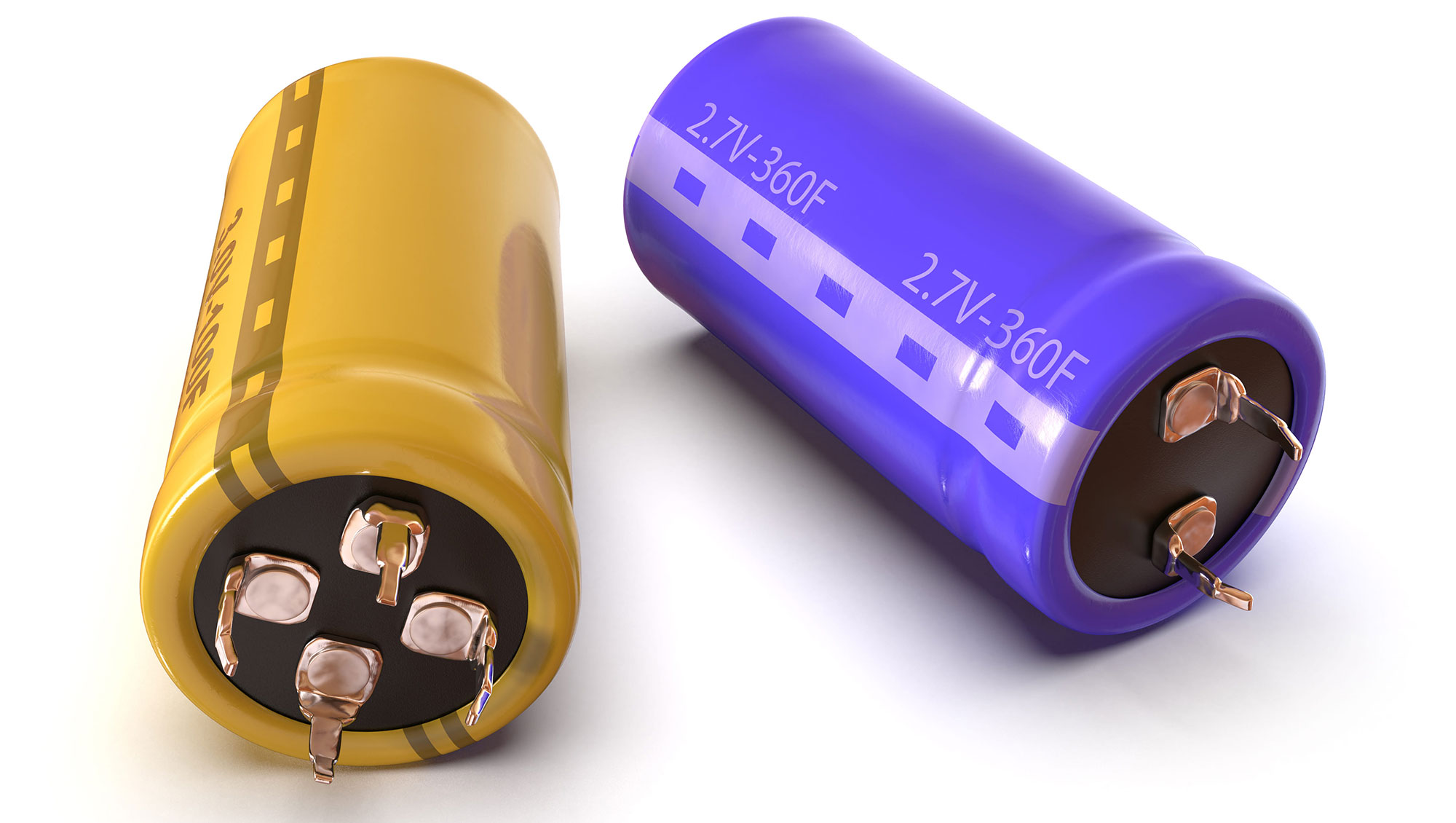For decades, researchers and technologists have regarded batteries and capacitors as two distinct energy storage devices: batteries, known for storing more energy but releasing it slowly; and capacitors, which quickly discharge energy in smaller spurts. But an international team of researchers, including co-author Yury Gogotsi, PhD, Distinguished University and Bach professor of Materials Science and Engineering, now suggests that these mechanisms exist on a smooth spectrum, and that trying to categorize a device as one or the other could be hampering progress in the field.

“What happens in-between classic batteries and supercapacitors has been a controversial topic for a long time,” Gogotsi says. “So-called ‘pseudocapacitors’ and hybrid energy storage devices have been studied for at least 30 years, but some scientists have attempted to reject pseudocapacitance completely, claiming that there are only these two extreme cases and everything else is a superposition of two mechanisms acting in parallel.”
The authors point out that in many of these hybrid devices, ions are nearly absorbed between layers of electrode materials. In others, where porous nanomaterials in electrodes have been designed to maximize the full chemical intake, or adsorption, of ions, researchers have seen much faster energy discharges, likely due to the persistence of the electrolyte substance preventing the ions from fully intercalating.
Both instances fall outside of the traditional binary definition, but their properties are proving to be a valuable combination when it comes to powering new technology.
“We expect that understanding the ion desolvation and its role in determining the energy storage mechanism will allow us to reach the point when we combine high energy and high power in a single energy storage device,” Gogotsi said. “Think of batteries charging within a few minutes – you plug in your cell phone, unplug it a few minutes later, and can use it at least for a few hours. With 2D materials, like MXenes or graphenes, we can make flexible batteries for flexible and wearable electronics that can charge quickly and be used for a long time on a single charge.”


